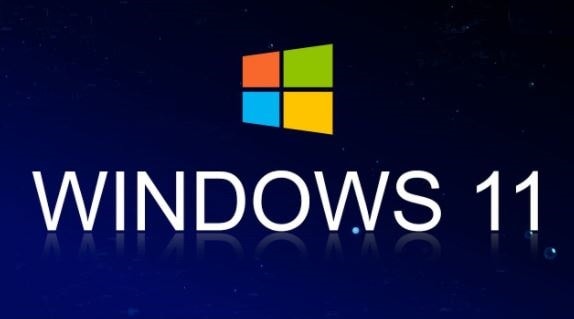
If you try to install Windows 11 on unsupported hardware, you may experience unexpected results. Installing Windows 11 on unsupported hardware Watch How to Upgrade to Windows 11 from Windows 10 for FREE YouTube Video This means that bugs, errors, and any unexpected events won’t be the company’s responsibility. If your computer does not meet these requirements, you will not be able to install Windows 11 using the official, Microsoft-approved way. TPM 2.0, UEFI firmware, and Secure Boot capability.8-bits per color channel, high definition (720p) display, 9" or larger monitor.At least 64GB of storage space is required.

1GHz or faster on a suitable 64-bit processor or system on a chip with two or more cores (SoC).In order to install Windows 11, your computer must meet all of the following system and hardware requirements: Windows 11 is Microsoft's newest Operating system and it doesn't support all PCs. What hardware is supported for Windows 11? Let’s dive in and find out what exactly happens when you install Windows 11 on unsupported hardware. You may also need to bypass several built-in security measures and checks. Also, if your computer does not meet these requirements, you might be able to install Windows 11 but it won't be supported. These are some of the consequences you have to bear in mind before installing Windows 11 on your unsupported PC, as no one will take responsibility for any damage done to your device or data. So, there’s no guarantee that such devices will receive updates. This is why Microsoft doesn't recommend installing Windows 11 on unsupported devices. Microsoft has made some changes to the requirements for installing Windows operating systems, such as mandatory Secure Boot and TPM 2.0. Windows 11 is not supported on all PC hardware configurations.

Can I install Windows 11 on unsupported hardware?


 0 kommentar(er)
0 kommentar(er)
